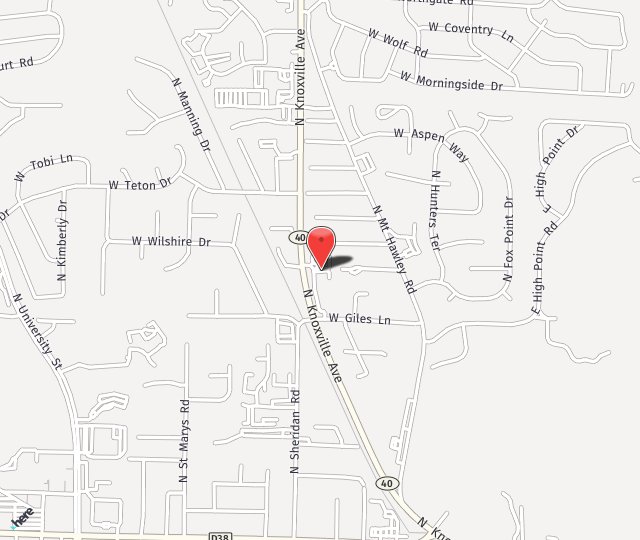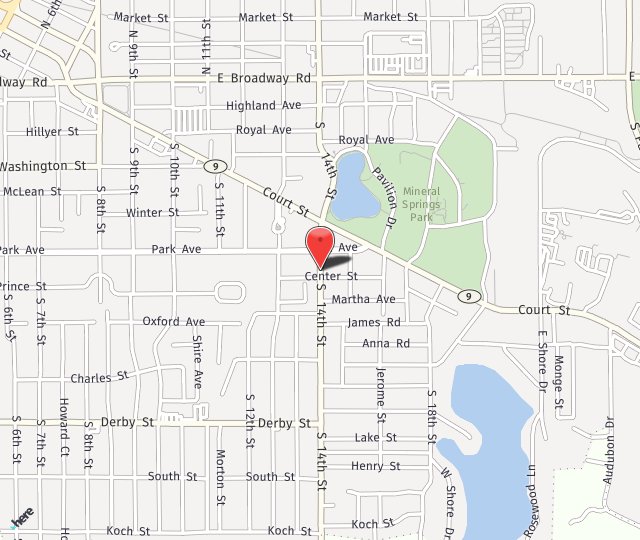 As we observe AMD Awareness Month in February, it’s crucial to shed light on age-related macular degeneration (AMD), a prevalent eye disease affecting older adults. AMD impacts the central vision by causing the deterioration of the macula, a vital part of the retina responsible for sharp, straight-ahead vision. While AMD doesn’t lead to total blindness, it significantly hampers daily activities such as reading, driving, and recognizing faces. Let’s delve into the types, symptoms, diagnosis, and treatment options for this condition, especially as it gains recognition during this awareness month.
As we observe AMD Awareness Month in February, it’s crucial to shed light on age-related macular degeneration (AMD), a prevalent eye disease affecting older adults. AMD impacts the central vision by causing the deterioration of the macula, a vital part of the retina responsible for sharp, straight-ahead vision. While AMD doesn’t lead to total blindness, it significantly hampers daily activities such as reading, driving, and recognizing faces. Let’s delve into the types, symptoms, diagnosis, and treatment options for this condition, especially as it gains recognition during this awareness month.
Types and Stages of AMD
AMD manifests in two primary types: dry and wet. Dry AMD, the most common form, progresses slowly over time, while wet AMD, though less common, often results in faster vision loss due to the growth of abnormal blood vessels beneath the retina. AMD is classified into early, intermediate, and late stages.There is now a new treatment option available to slow the progression from turning dry AMD into wet.
Symptoms of AMD
Symptoms of AMD vary depending on the stage but may include blurry or wavy central vision, difficulty seeing in low light, and the appearance of straight lines as wavy or crooked. Notably, early-stage AMD may not present any symptoms, underscoring the importance of regular eye exams, especially for individuals at higher risk due to age, family history, or lifestyle factors like smoking.
Diagnosis and Treatment of AMD
Diagnosing AMD entails a comprehensive dilated eye exam, during which the eye doctor examines the retina for signs of AMD, such as drusen (tiny yellow deposits). Additional tests, like optical coherence tomography (OCT) and fluorescein angiography, may be employed to confirm the diagnosis and determine the stage of AMD. Treatment options vary based on the type and stage of AMD, ranging from dietary supplements and lifestyle modifications to injections and laser therapy for wet AMD.
Living with AMD
Although no cure exists for AMD, vision rehabilitation programs and low-vision devices can assist individuals in adapting to life with vision loss. These programs focus on building visual skills and finding alternative methods to perform daily tasks. While AMD can significantly affect central vision, peripheral vision typically remains intact, enabling individuals to maintain mobility and independence.
The Latest Research
Researchers are continuously studying AMD to gain a deeper understanding of its causes and develop more effective treatments. Innovative approaches such as stem cell transplants and artificial intelligence are being explored to combat AMD and enhance patient outcomes.
Age-related macular degeneration is a prevalent eye disease with significant implications for daily life, particularly among older adults. As we commemorate AMD Awareness Month understanding the types, symptoms, diagnosis, and treatment options for AMD becomes paramount for early detection and management. Regular eye exams, healthy lifestyle choices, and staying abreast of the latest research developments are essential steps in combating AMD and preserving vision for a better quality of life.


